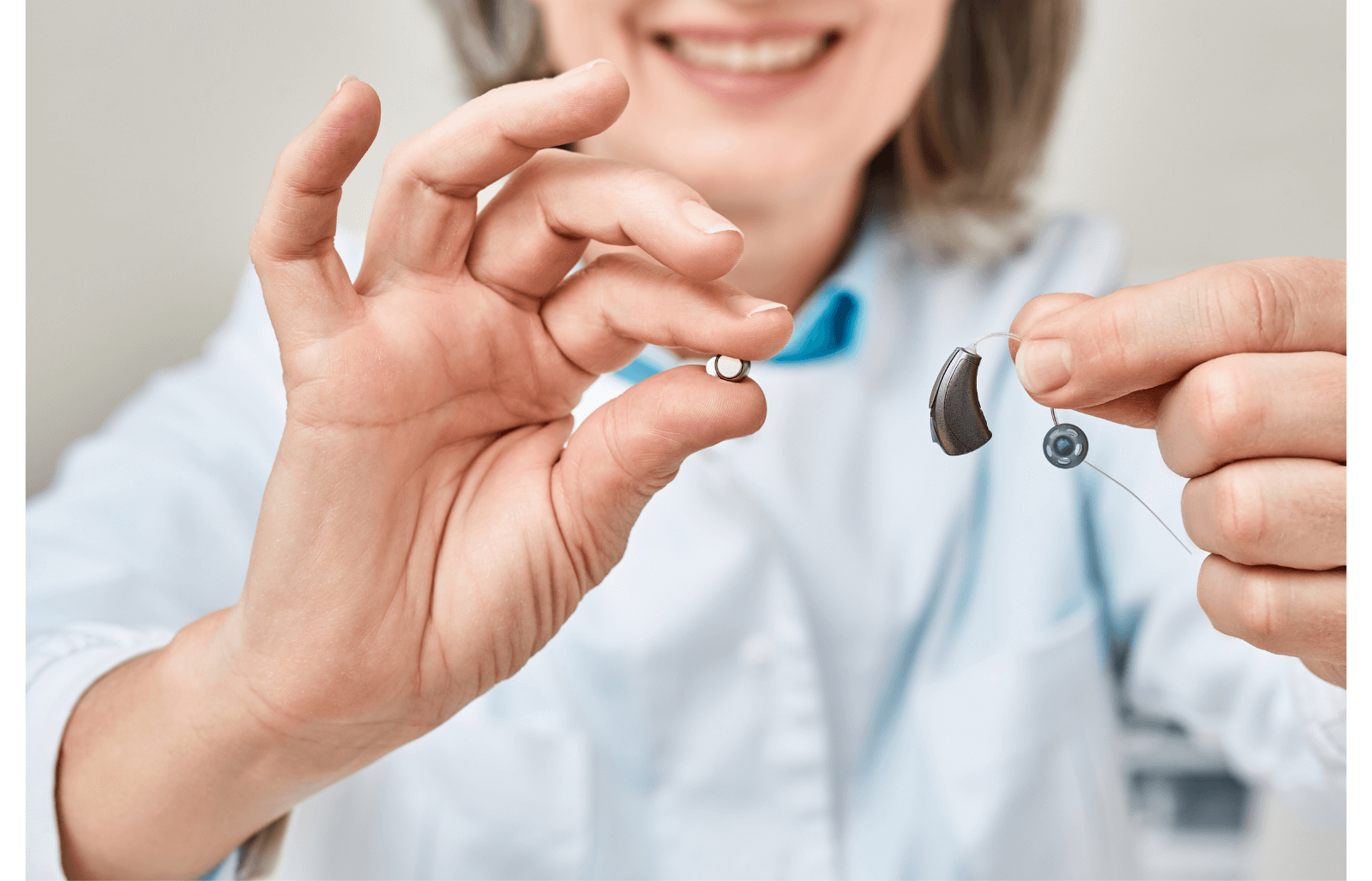
- Common Misconceptions That Delay Hearing Loss Diagnosis - June 6, 2025
- Signs Your Earwax Buildup Needs Professional Attention - May 29, 2025
- Preparing for a Hearing Test and What You Should Bring - May 16, 2025
Hearing aids are a great solution for those with hearing loss; they offer improved sound clarity and a better quality of life. Thanks to technological advancement, the choice between rechargeable hearing aids and those powered by disposable batteries has become a topic many consider when managing their hearing health. Both options have benefits, but understanding the differences will help when deciding which is best for your lifestyle and needs.
The Convenience of Rechargeable Hearing Aids
Instead of managing small disposable batteries, users can simply place their hearing aids in a charging station overnight. By morning, the hearing aids are fully charged and ready to be worn for up to 24 hours. This hassle-free process eliminates the need to fumble with tiny batteries, which can be challenging for people with dexterity or vision issues.
Rechargeable hearing aids offer eco-friendly benefits by reducing battery waste. With fewer disposable batteries being used, you contribute less to environmental pollution. If you prefer simplicity and sustainability in managing your hearing health, rechargeable hearing aids could be the ideal option.
Why Some Choose Disposable Batteries
While rechargeable models offer convenience, some users prefer hearing aids powered by disposable batteries. One reason is the flexibility that comes with carrying spare batteries. Disposable batteries generally last between three to ten days depending on usage. When they run out, they can be easily replaced with a fresh set, avoiding downtime while waiting for a charge.
Those who frequently travel or may not easily access charging stations will love the reliability provided by disposable batteries. If your hearing aid dies while on the go, you can quickly pop in new batteries without needing to find an outlet. This makes disposable batteries a practical choice for people who need their devices to be ready at a moment’s notice.
Environmental Impact and Sustainability
When comparing the environmental impact, rechargeable hearing aids are generally more eco-friendly. Traditional disposable batteries contribute significantly to landfill waste, as they need frequent replacement. In contrast, rechargeable hearing aids use lithium-ion or silver-zinc batteries that can last for several years before needing to be replaced, reducing overall battery waste.
This sustainability factor is particularly important for environmentally conscious users because rechargeable hearing aids allow for easy management and a reduction in the number of batteries that end up in landfills.
Cost Differences
Rechargeable hearing aids often have a higher upfront cost due to the additional technology involved. However, they can save money over time by eliminating the need for regular battery purchases. On the other hand, hearing aids with disposable batteries may have a lower initial price, but the ongoing cost of buying replacement batteries can add up over time.
Depending on how often you need to replace the batteries, the cost may become a factor in your decision. Choosing the best option depends on whether you prefer to invest more upfront for potential long-term savings or spread out your expenses over time.
Performance and Battery Life
Both rechargeable and disposable battery-powered hearing aids offer excellent sound quality, but performance differences may influence your choice. Rechargeable hearing aids typically last around 24 hours on a full charge, which works well for daily use. However, heavy use of features like Bluetooth streaming may reduce battery life, requiring more frequent recharging.
Hearing aids with disposable batteries offer more flexibility when it comes to battery life. Depending on the size of the battery and usage patterns, they can last anywhere from three to ten days. This means users don’t need to worry about recharging every night, though they do need to carry spare batteries and keep an eye on power levels to avoid running out unexpectedly.
Maintenance and Ease of Use
Using rechargeable hearing aids means giving less attention daily; just charge them overnight, and they’re ready for the next day. However, keep them clean and properly maintained to extend their lifespan. Hearing aids with disposable batteries involve more frequent hands-on management. You’ll need to monitor battery life and change them as needed, but this gives you more control over when your hearing aids are powered. For people who prefer the assurance of having backup batteries on hand, disposable models may be more convenient.
Choosing the Best Option for You
Ultimately, the choice between rechargeable hearing aids and those powered by disposable batteries depends on your lifestyle and personal preferences. If convenience, sustainability, and ease of use are your priorities, rechargeable hearing aids may be the best fit. On the other hand, if you value flexibility, longer battery life between charges, and immediate power replacement, disposable batteries could be the better choice.
Regardless of which option you choose, it’s important to maintain your hearing health through regular hearing health exams. These checkups ensure your hearing aids are functioning properly and that your hearing needs are being met. Consulting a hearing professional can help guide you toward the best solution for your hearing loss and overall needs.
